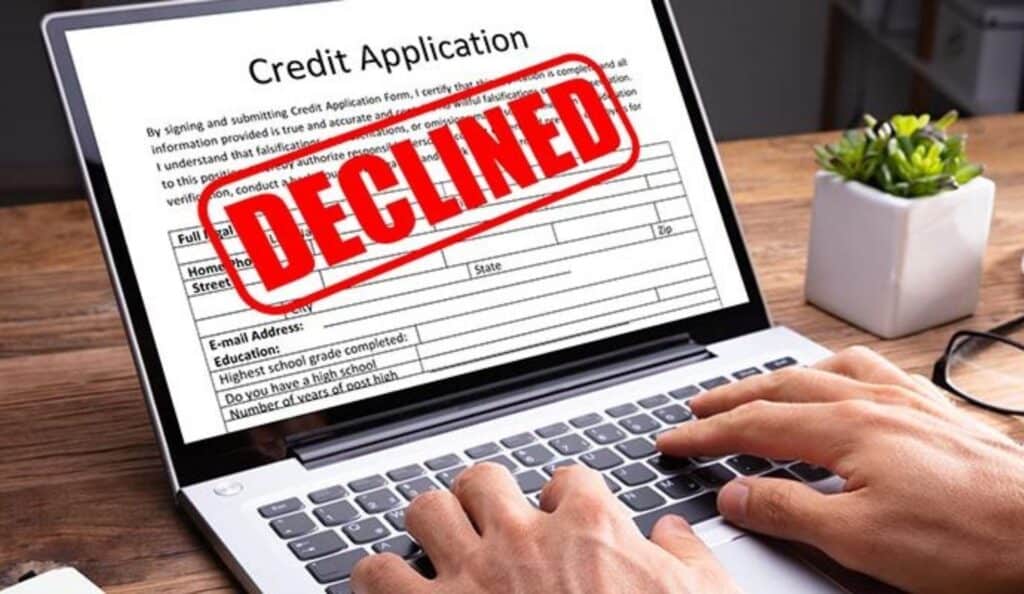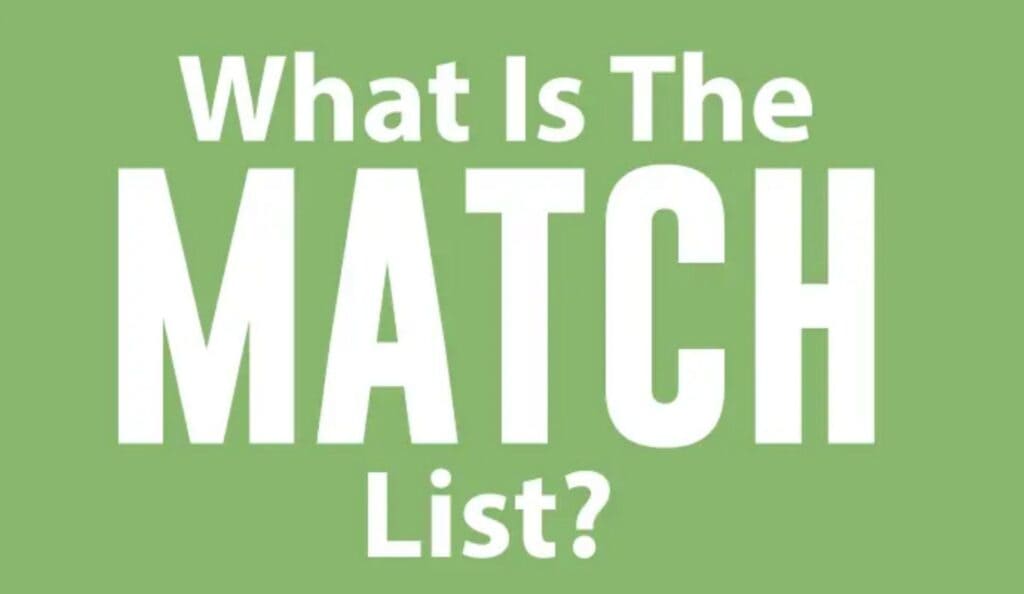
By Harriet Forster April 8, 2025
For U.S. payments businesses, it is very crucial to have a good rapport with banks. However, some merchants are tagged as high-risk due to factors such as rule non-compliance, financial instability, or fraudulent activities.
The Terminated Merchant File (TMF) and MATCH (Member Alert to Control High-Risk Merchants) List serve here. These lists, maintained by banks and Mastercard, indicate merchants who have lost their payment processing accounts. Being listed can make it difficult to obtain new accounts and maintain the business.
TMF and MATCH List Explaining
What is TMF?

Terminated Merchant File (TMF) is a list of companies that have had their merchant accounts terminated by committing violations or failing to comply with financial regulations. Banks and payment processors utilize the list to monitor merchants who have also failed to meet guidelines for processing credit card transactions. When a company is included on this list, it means that it may have been involved in fraudulent activities, experienced too many chargebacks, or violated significant security regulations. Once a merchant is listed on the TMF, financial institutions tend to view them as risky and go the extra mile to avoid dealing with them.
Being listed on the TMF may make it very hard for a company to open a new merchant account. Payment processors, credit card companies, and most banks do not wish to deal with merchants who have been previously flagged and are at high risk. They see it as a red flag that may result in financial loss. Consequently, companies that are on this list tend to find it difficult to obtain payment solutions, and if they are able to, they might end up with increased costs and unfavorable terms of contract. It is vital for any merchant who desires to have uninterrupted payment processing to understand the TMF and do everything in their power to avoid being listed.
What is the MATCH List?

The MATCH List is a Mastercard database that tracks companies that have been terminated from their merchant accounts due to financial issues or rule infractions. It is a terminated business list, and the terms TMF (terminated merchant file) and MATCH List are often used interchangeably. But TMF is a generic description for any ended file, and the MATCH List is the Mastercard database which can be queried using Mastercard Connect. Mastercard operates the list, yet any payment processing financial institution may add companies to it or see if a new application is flagged.
Moreover, large credit card brands such as Mastercard, Visa, and American Express apply this list to manage high-risk merchants who have experienced problems such as excessive chargebacks, fraud, or rule-breaking. As soon as a merchant is placed on the list, it becomes extremely difficult to obtain a new merchant account because banks view them as risky and may not even process their transactions. Therefore, businesses need to focus on following the rules and being secure to avoid being added to the list.
Who uses TMF?
When you open an application for a merchant account, the bank will also check the TMF list to determine if your business is on it. Businesses listed on the TMF list have had their accounts canceled or closed.
Businesses often do not want to publicly state that their prior merchant account was canceled. The list indicates banks that have had their services terminated and why.
Reasons For Being on the MATCH List

If a business appears on the MATCH List, then it is often due to having too many chargebacks. A chargeback is when customers request a refund through their bank and the bank then pays for the refund. The banks and the payment processors perceive this as risky because they will not receive back their money. Merchants appear on the list when they pay no attention to warnings regarding chargebacks or issues.
Companies can also be placed on the MATCH List due to other infractions, such as fraud, money laundering, payment rule violations, or security protocol non-compliance. Previously, banks could place merchants on this list more frequently, but today Mastercard has more stringent criteria for listing companies. Banks and payment processors reference the list when determining whether they will accept a new merchant.
Following are the reasons codes banks use to place merchants on the MATCH List:
Reason Code 01 – Account information was stolen or misused.
Reason Code 02 – Stolen card information was used at more than one location.
Reason Code 03 – Transactions were fraudulent for money laundering.
Reason Code 04 – Excessive chargebacks (more than 1% of sales and over $5000 in refunds).
Reason Code 05 – Excessive fraud (greater than 8% fraud rate and a minimum of $5000 loss).
Reason Code 06 – No longer necessary.
Reason Code 07 – The business owner has been convicted of fraud or crime.
Reason Code 08 – Mastercard had flagged the merchant as suspicious.
Reason Code 09 – The business filed for bankruptcy or was unable to pay the debt.
Reason Code 10 – The business violated regulations imposed by the card companies.
Reason Code 11 – The business was engaged in fraud with other merchants.
Reason Code 12 – Business failed to comply with PCI security standards.
Reason Code 13 – Business accepted illegal payments.
Reason Code 14 – The business owner’s identity was stolen to set up the merchant account.
Being on this list makes it very difficult to get a new merchant account. Businesses should follow rules, lower chargebacks, and not commit fraud in order to avoid the MATCH List.
Impact and Consequences of Being on the List
Being listed on the TMF MATCH List can lead to serious issues. It can prevent companies from participating in research studies, clinical trials, or other significant activities. It can damage their reputation, which will make it more difficult for them to secure work or business arrangements. There could be problems with the law or fines as well due to the reasons they were placed on the list. Avoiding fraud, chargebacks, and rule infractions can keep companies off the list and shield their future.
Being listed on the MATCH List severely hinders payment processing. The following are the primary issues companies deal with:
Future Rejection
Payment processors tend to reject applications by companies listed on the MATCH List. Even those who deal with high-risk merchants will deny service if previous problems, such as excessive chargebacks, are serious.
Higher Fees
If a company acquires a high-risk merchant account, the fees are significantly higher. They could be paying greater processing fees, setup fees, and early termination fees. The fees assist banks and processors in covering the risk of dealing with high-risk merchants. Agreements also include more stringent regulations and longer durations.
Reserve Requirements
MATCH-listed companies are required to maintain a reserve account, where a percentage of every transaction is retained. This safeguards against chargebacks but takes away from available funds for everyday business use.
Risk Monitoring
Payment processors monitor MATCH-listed companies closely. They monitor transaction patterns and chargeback rates. If there are excessive chargebacks or indications of fraud, companies can be subject to additional penalties or even account closure.
The MATCH system prevents banks from dealing with risky merchants, but it makes business recovery extremely difficult. Some processors continue to deal with MATCH-listed businesses, but such services are more expensive and provide no assurance. To prevent these problems, businesses need to minimize chargebacks, comply with rules, and have good financial habits.
How to get off the TMF List

Being taken off the TMF MATCH List involves understanding why you were put on and taking steps to correct it.
Determine Why You Were Added
By checking notifications and reading any letters or emails you might have received for being placed on the list. They will state the reason.
Through information about the infractions or issues that led to this. Examine business records or compliance reports.
By getting legal assistance a business rules attorney can assist in understanding why you were included and how to proceed next.
Repair Issues
Correcting the errors for rule infractions. This might involve revising policies, enhancing security, or correcting financial inaccuracies.
Ensure that your company adheres to all necessary rules and remains current with regulations. Conduct audits and check systems on a regular basis.
Document every step you take to correct the issues. These documents will assist in demonstrating that you’ve corrected your procedures.
Send an Appeal for Removal
Write a letter that outlines what you did to correct the problems and use evidence, such as policy modifications or compliance reports.
Present documents that indicate you improved your business and now comply with the rules.
Send your appeal to the organization that oversees the TMF MATCH List, and moreover, you should pay close attention to what they say.
Follow Up
Continue to check the status of your appeal. Be prepared to provide additional information if required and required, discuss with the officials dealing with your case, and respond to any queries they may have.
If they request further changes, review the feedback and make the changes promptly by resubmitting your request.
Remain Compliant
Monitor your business regularly to make sure you abide by all guidelines and prevent future issues and train employees on compliance guidelines and ethical practices to prevent problems.
Stay current with regulations, make changes as necessary, and keep following good business practices.
By taking these steps, you can get off the MATCH List, but continuing to remain compliant is the best way to prevent future issues.
How to Prevent Future Inclusion
To remain off the TMF MATCH List, companies must adhere to strict guidelines. They must have proper policies and training to adhere to industry and legal requirements. Frequent checks can assist in discovering and correcting errors before they turn into large problems. Encouraging honest practices within the company makes workers feel comfortable reporting any issues early. Companies must also stay current with new regulations and revise their policies to remain compliant. Seeking assistance from legal and financial professionals is essential to learn about complex regulations and prevent risks. By doing such things, companies can prevent money issues and keep good relations with banks and payment processors.
Conclusion
Being listed on the Terminated Merchant File (TMF) or the MATCH List can potentially damage any company that requires payment processing. Banks and payment processors use these lists to identify risk merchants to prevent losing money from fraud or other issues. Being listed for a business can ruin its reputation, create money problems, and reduce access to financial services.
However, to avoid this, merchants ought to play by the rules, have minimal chargebacks, maintain good security, and conduct their business well. If a company is already on such lists, they ought to identify why they are there, correct the issues, and then strive to be taken off in order to begin anew. Good risk management openness and responsibility are generally the best methods for staying off these lists.